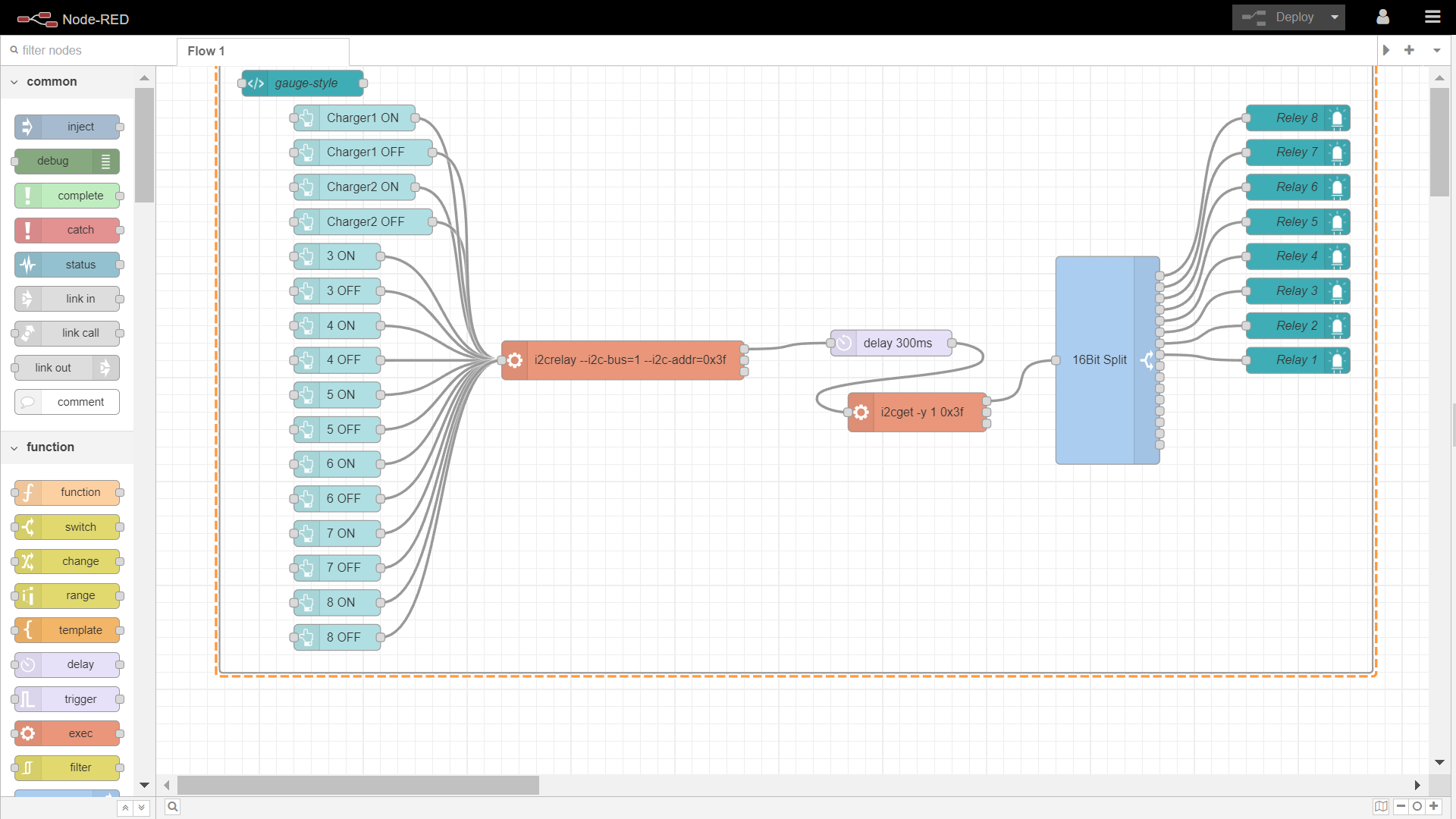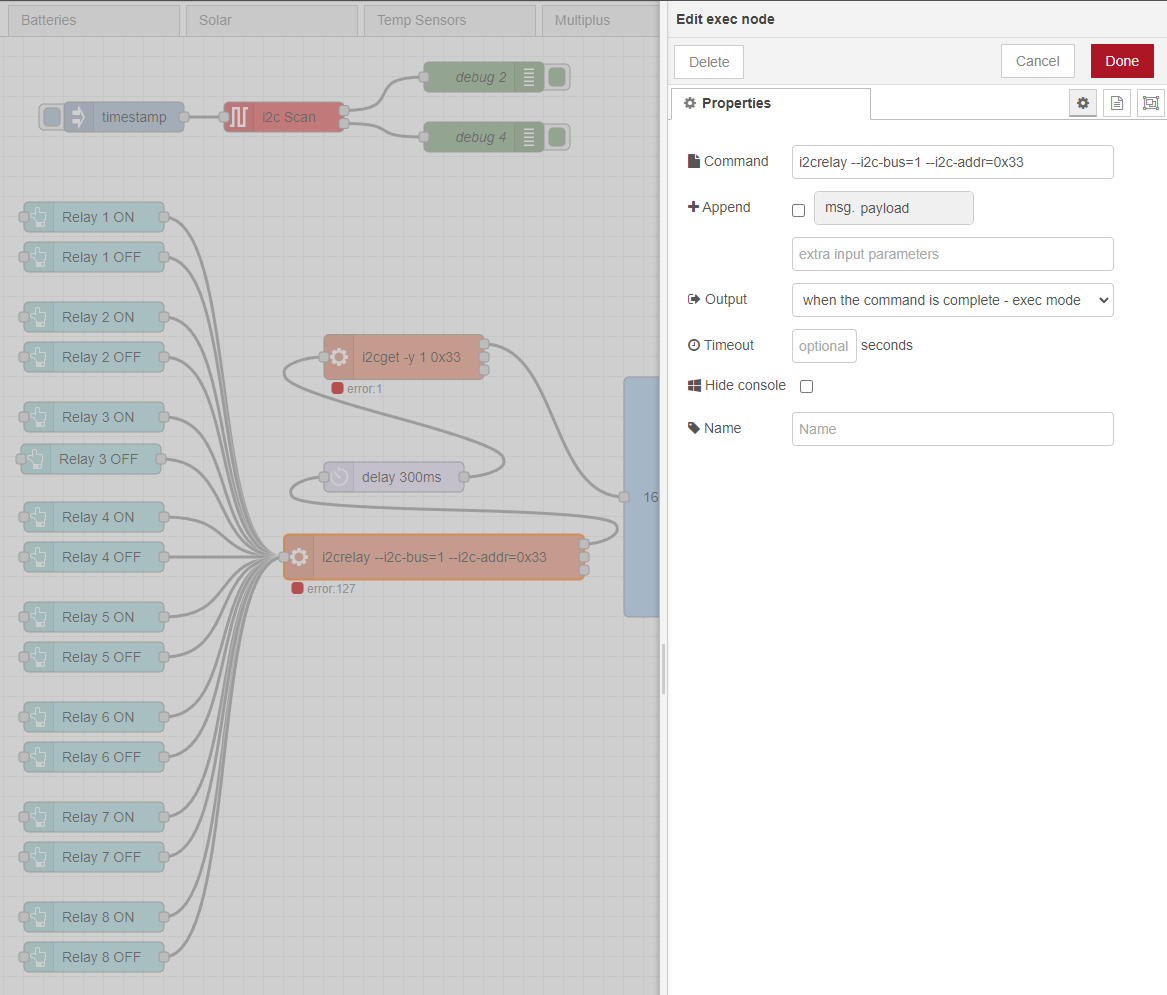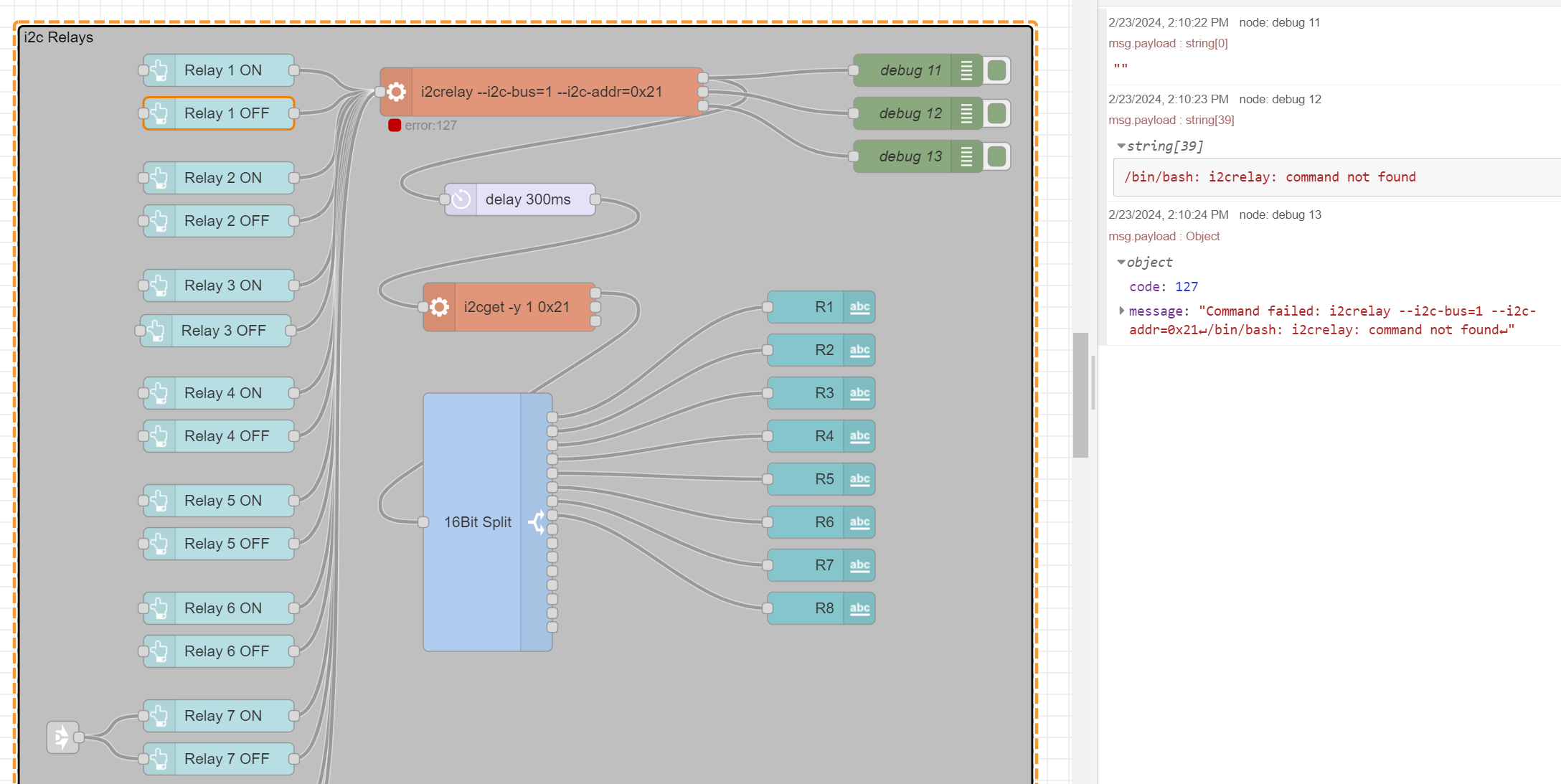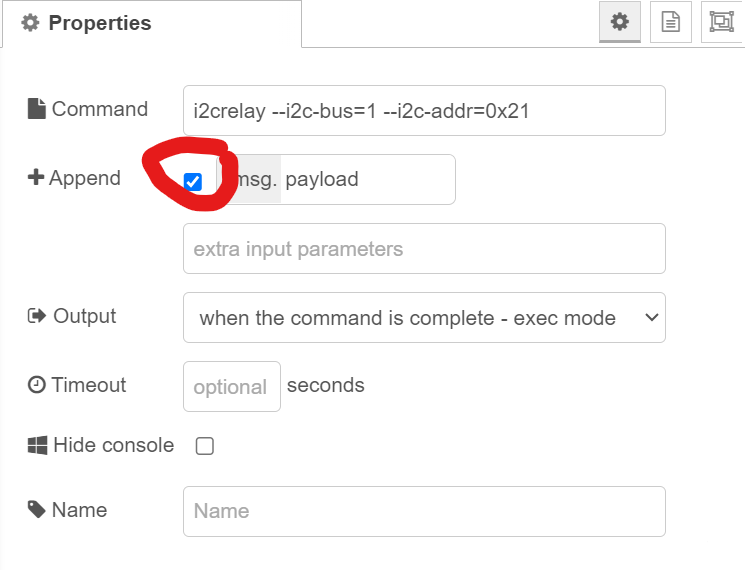Howdy, I’m running a RPi4 with Venus 3.12 and am having serious problems with the i2c bus.
Already installed are 6 relays using the GPIO bus. They work great but I wanted to move some of the scheduled/programmed relays from the GPIO bus to the i2c board and use the first six as manual switch via the touchscreen.
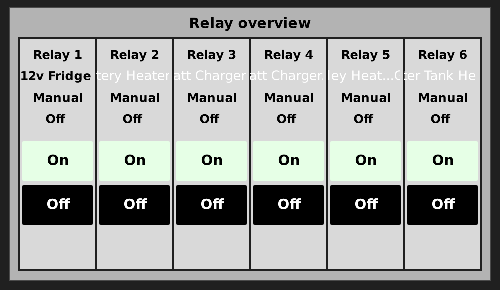
I’m trying to utilize these 8 relays via NodeRed. https://www.amazon.com/gp/product/B083LFPCK8/
Things are somewhat checking out but still haven’t found any real detailed documentation/forums.
“i2cdetect -y 1” via Putty - Device ID: 21
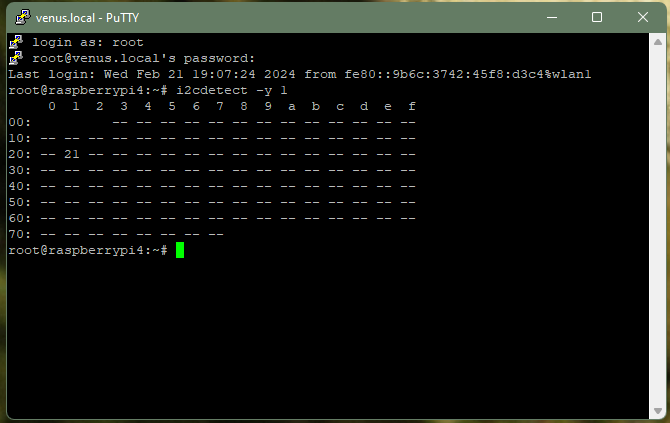
“I2c Scan” Node - Device ID: 33
Which address is correct?
For Node-Red I use these two pallet node groups. I’ve tried a few others but with such limited documentation of i2c/nodered/venus I’ve come to a standstill. These are the nodes I'm using…
-Node-red-contrib-i2c
-Node-red-contrib-sm-8relind
Both have turned on random relays but nothing straightforward. i2c logic is at 3.3 volts.
I’m trying everything I can think of but only have been able to turn the relays ON and not the right ones. So they are all ON right now.
8 relays. https://www.amazon.com/gp/product/B083LFPCK8/
I’ve read the relays might be backward so I’ve tried 00 and FF to get some activity. Some turn on but I’ve never been able to turn any off. I’ve changed the jumper on the board but saw the same scenario; i2cdetect and ‘I2c Scan’ still reported different addresses.
Does anyone have any example flows of an i2c relay board in Victron Venus OS? I can learn, I’m just seriously striking out on any documentation. Any links that I can explore would be amazing. I've learned on how the i2c bus works but nothing is making sense. Should I go to Fiverr? haha
These are some of the links I’ve been using.
https://community.victronenergy.com/questions/196633/how-to-activate-i2c-bus-and-use-it-in-node-red.html
https://github.com/fivdi/i2c-bus/blob/master/doc/raspberry-pi-i2c.md
https://github.com/fivdi/i2c-bus/issues/36
This is my sandbox in NodeRed

